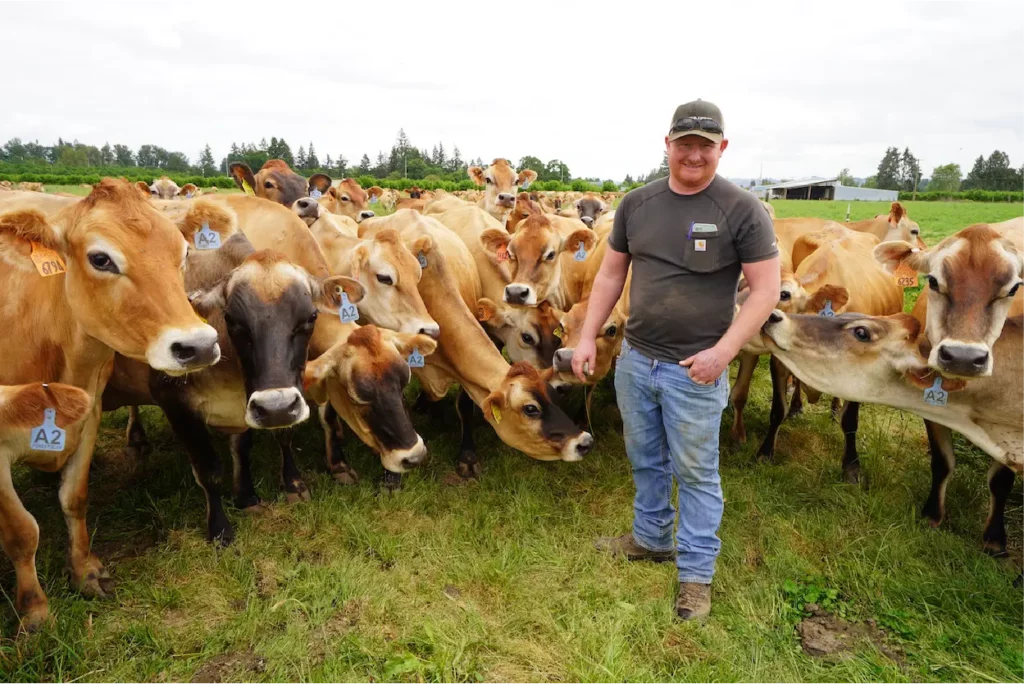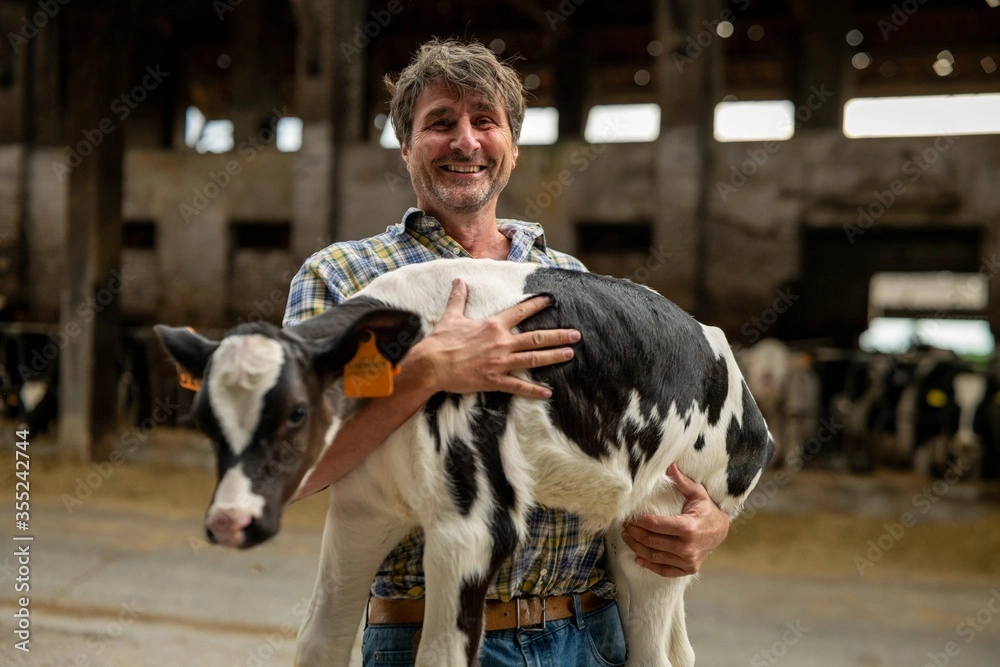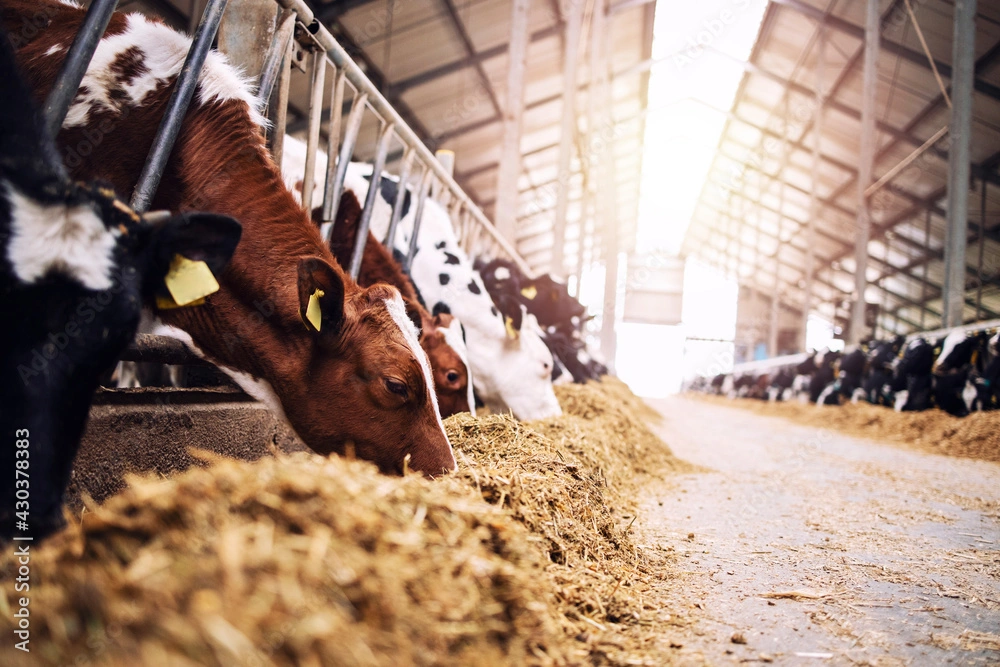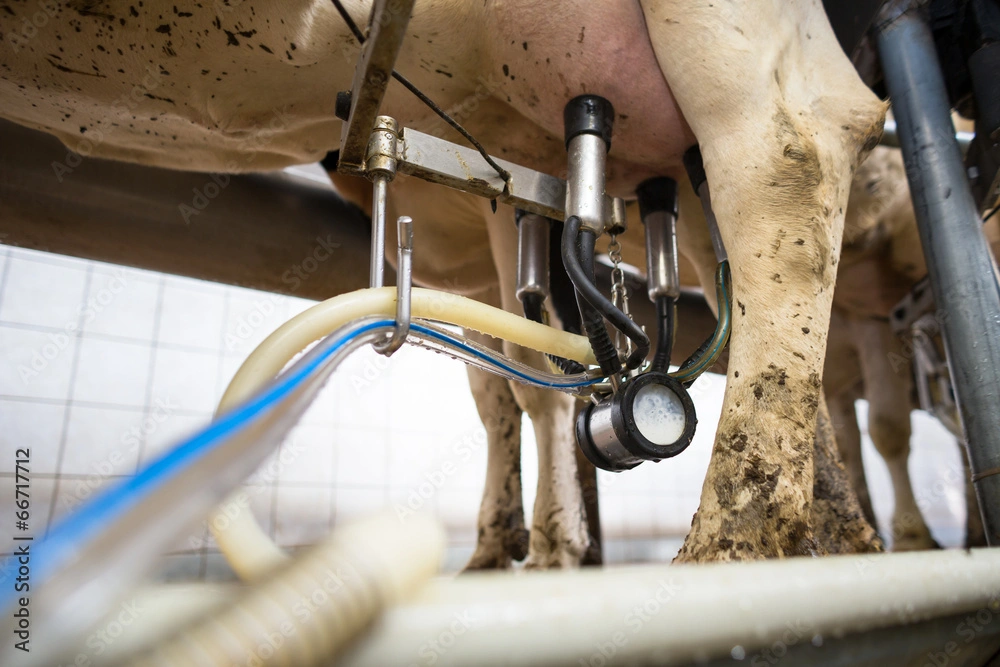
Cows come first. Oregon farmers commitment to providing high-quality, wholesome milk begins with taking good care of their cows. On farms of all sizes, dairy cows are cared for around the clock. They are provided clean, dry bedding, protection from the weather and access to food and water 24 hours a day. Dairy farmers work with nutritionists and veterinarians to ensure their cows are healthy and fed well-balanced rations. Many farms participate in regular third party animal well-being evaluations, such as the National Dairy FARM Program, so you can feel confident in Oregon’s high-quality farm management practices.


All milk should be antibiotic-free. If a cow receives an antibiotic, federal law requires dairy farmers to follow a milk withdrawal time. This means that dairy milk is only collected for human use after the antibiotics have cleared a cow’s system. Additionally, bST or bovine growth hormone, is a naturally-occurring protein hormone in cows. A trace amount of this hormone is present in all milk, including organic products, and is digested when humans eat it, just like other proteins.

Dairy farming revolves around prioritizing healthy cows, who then make quality milk. Comfortable living conditions are crucial for cow health and milk production. Comfortable bedding, temperature control and socialization are all important. Understanding these factors helps ensure that dairy farming practices translate into nutritious milk.

Oregon dairy farmers act as personal chefs for their cows, working with animal nutritionists to create balanced meals that ensure the cows’ health. These meals include corn silage, haylage, hay, cotton seed, distillers grain, and soybean meal. These foods, which would otherwise go to waste, make up 75% of a dairy cow’s diet. Dairy cows upcycle up to 306 million pounds of food waste every day .

Cows are often milked in buildings commonly known as the “milking parlor.” The parlor is very calm, quiet, and efficient, because cow comfort is just as important here. Cows are milked between 5 and 10 minutes, two or three times a day. Milking machines are more sanitary, more comfortable for the animal, and allow for more accurate output recording, and they automatically detach when milk flow slows and the udder is empty.